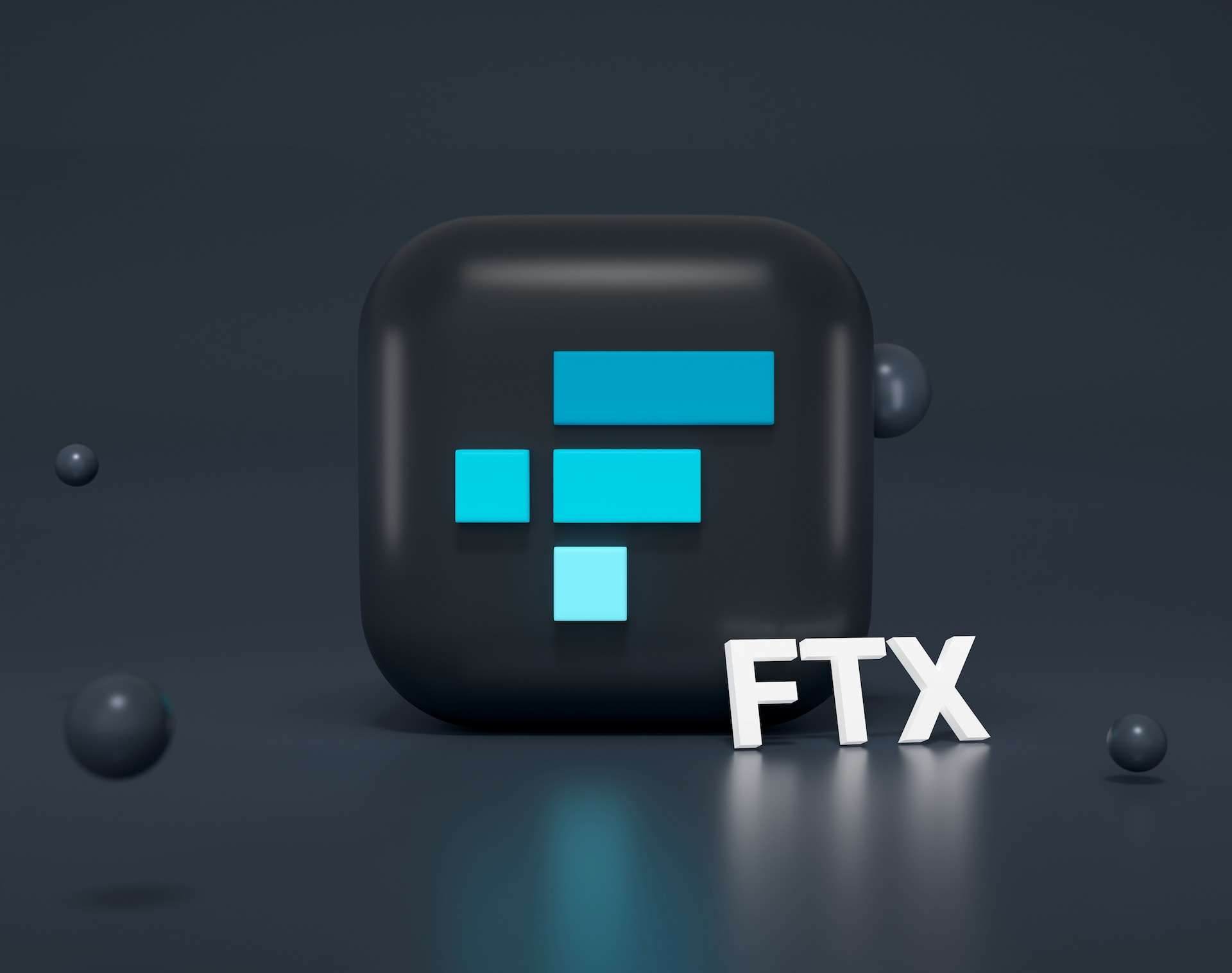In November 2022, the Cryptocurrency exchange FTX collapsed, resulting in a number of repercussions and implications for the crypto trading community. FTX was one of the leading centralised crypto exchanges and it specialised in derivatives trading and leveraged products.
FTX, which was once valued at $32 billion, filed for bankruptcy on the 11th of November 2022, with the collapse branded a failure of corporate control. It is believed that the FTX collapse was a case of embezzlement and this left investors and creditors unlikely to get their money back as a result. In our latest blog, we take a closer look at the collapse of FTX and what this means for traders now, a few months on from the fallout.
The Collapse of FTX
FTX was founded by MIT graduate and former trader Sam Bankman-Fried, with FTX offering a range of trading products. The collapse of FTX shook the cryptocurrency market, causing it to lose billions of dollars in value, dropping below $1 trillion. The collapse of FTX took place over a 10-day period and is considered one of the most spectacular situations to happen within the crypto industry thus far.
A Timeline Of The Collapse of FTX
- On November 6th, the rival exchange Binance sells their FTT tokens.
- On November 7th, FTX announces liquidity and seeks a bailout from venture capitalists, then Binance.
- On November 8th, Binance announces that it will buy FTX’s non-U.S. business.
- On November 9th, Binance walks away from the FTX acquisition after doing their due diligence.
- On November 10th, the Bahamas freezes assets of FTX’s subsidiary business there, and Bankman-Fried admits a non-U.S. businesses’ liquidity crisis.
- On November 11th, Bankman-Fried steps down as CEO of FTX and is replaced by court-appointed CEO that has restructuring experience. On this day, FTX files for Chapter 11 bankruptcy protection.
- On November 12th, FTX reports the possibility of a hack, with a suspected $477 million involved, and they then decide to move their digital assets into cold storage for security.
- On November 18th, the Bahamas takes control of FTX assets held in the country.
Consequences Of The Collapse of FTX
The collapse of FTX left the future of the exchange in serious jeopardy. Following the collapse, in mid-November all withdrawals from the platform were disabled and, on the company website, there was a notice advising against depositing any further funds. As the largest collapse of an exchange or currency in the short history of cryptocurrency, this could have an impact on the way in which investors, who may already be cautious or wary about the stability and security of the market, make future investments and trades. Traders who traded on the FTX platform may not recover their lost assets which again could make traders more cautious with their investments.
In the days following the collapse of FTX, many other platforms saw an increase in the number of withdrawals, whilst some lenders, such as BlockFi and Genesis paused withdrawals completely whilst the effects calmed down.
What Now For FTX?
At the beginning of April 2023, it was reported that the exchange might soon be restarted as, following the collapse of FTX in the previous November, it has since recovered $7.3 billion of customer funds. The situation has reportedly stabilised and with this announcement, FTX’s native token apparently soared over the following days. It could be that in the second quarter of 2024, the exchange has raised enough to pay back traders and have enough to be able to start up again. When the collapse of FTX occurred, the company had recovered just $3.3 billion, so it shows that recovery efforts to settle the amount lost are well underway.
With Cryptocurrency on the increase again, this is largely believed to be one of the reasons why the token started performing well again following the collapse of FTX. It is believed that FTX will set out its plan for the future by July, but details are still to be worked out as many creditors fight for their share of the company’s assets.
What Does The Collapse Of FTX Show?
The collapse of FTX showed that, although funds can be lost when trading as a result of exchanges or tokens collapsing, they can be recovered. Exchanges are now a lot more compliant and there is more in the way of trader protection. Here at Wealth Recovery, we’ve found that with these new compliances, this now means that for traders where money has been lost through trading, often the need for court orders isn’t required, not only saving time, but additional cost too. If you have lost money, get in touch with our team of wealth recovery solicitors to start the recovery process.

